The city of Toledo is known as the “City of Three Cultures” as a result of the influences of Christians, Spanish Jews and Muslims. In fact, the Jewish quarter of Toledo still has manifestations of the Jews in Spain and one of those expressions can be found in the Sephardic Museum.
Continue reading “The “Transit” Synagogue or Sephardic Museum – Toledo”

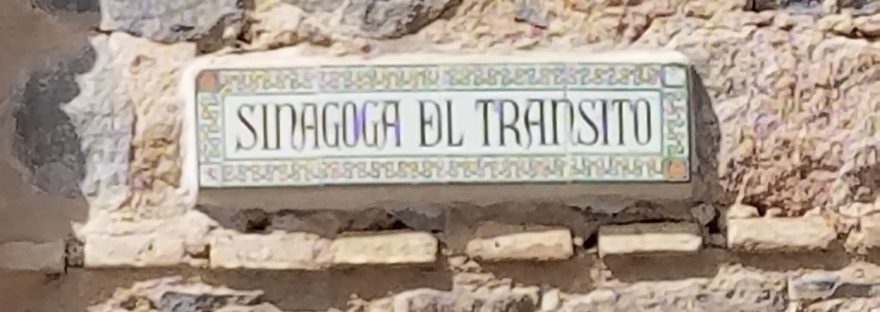
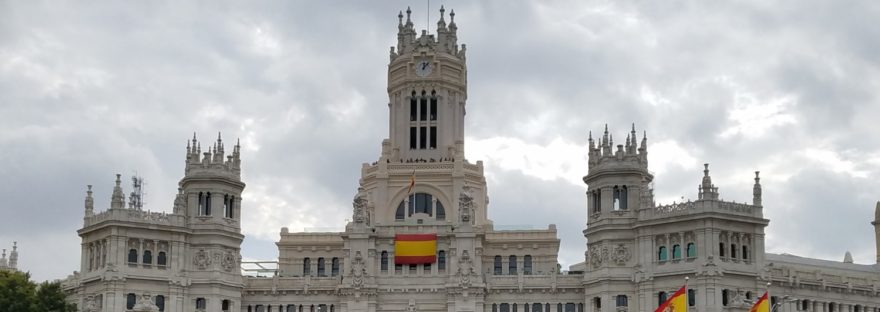
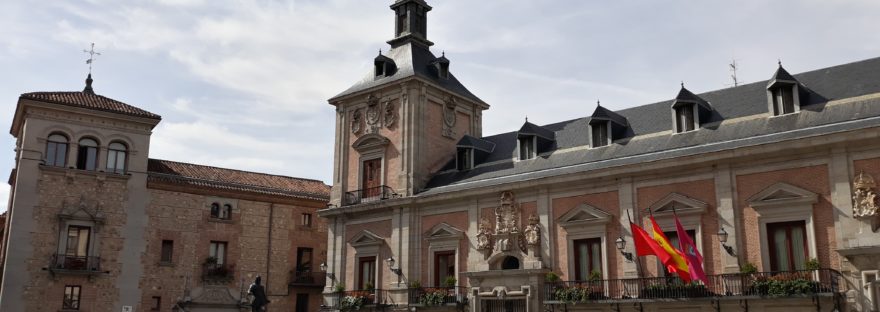

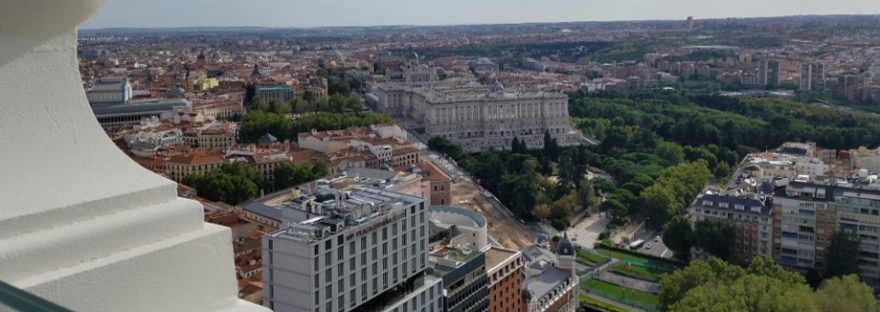

 Surrounded by historic buildings such as the Palace of “Rajoy”, the Hostal de los Catholic Kings, the Saint Jerome’s School and the Cathedral of “Santiago de Compostela” is “Plaza del Obradoiro”, center and heart of this Galician town. Today, it is the place where pilgrims and tourists arrive, to celebrate the completed pilgramage, to reaffirm their faith or to simply contemplate and be a participant in everything that surrounds them and provokes their splendor.
Surrounded by historic buildings such as the Palace of “Rajoy”, the Hostal de los Catholic Kings, the Saint Jerome’s School and the Cathedral of “Santiago de Compostela” is “Plaza del Obradoiro”, center and heart of this Galician town. Today, it is the place where pilgrims and tourists arrive, to celebrate the completed pilgramage, to reaffirm their faith or to simply contemplate and be a participant in everything that surrounds them and provokes their splendor. 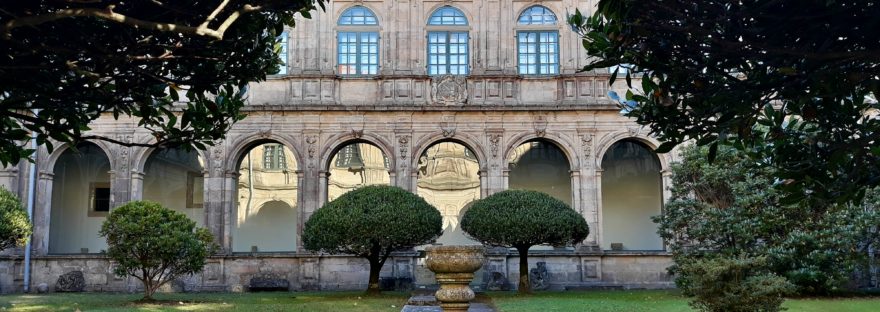
 In what is known as the Puerta del Camino, on the outskirts of the city walls of Santiago de Compostela, is the old convent of Santo Domingo de Bonaval, which since 1976 has housed the “Museo do Pobo Galego” or the Galician People’s Museum . At the foot of Mount Almáciga, the pilgrim San Domingos de Guzmán founded this convent in 1219.
In what is known as the Puerta del Camino, on the outskirts of the city walls of Santiago de Compostela, is the old convent of Santo Domingo de Bonaval, which since 1976 has housed the “Museo do Pobo Galego” or the Galician People’s Museum . At the foot of Mount Almáciga, the pilgrim San Domingos de Guzmán founded this convent in 1219. 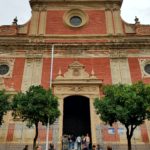 The main altarpiece of the Church of the Divine Savior of Seville was made between 1770 and 1778, in the Baroque style.
The main altarpiece of the Church of the Divine Savior of Seville was made between 1770 and 1778, in the Baroque style. 